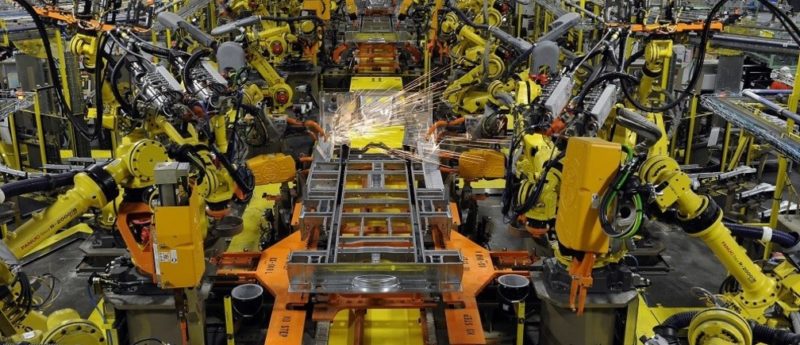How much do robots affect jobs and productivity?
Robots’ capacity for autonomous movement and their ability to perform an expanding set of tasks have captured writers’ imaginations for almost a century. Recently robots have emerged from the pages of science fiction novels into the real world, and discussions of their possible economic effects have become ubiquitous (see e.g. The Economist 2014, Brynjolfsson and McAfee 2014).
But a serious problem inhibits these discussions – there has so far been no systematic empirical analysis of the effects that robots are already having.
Industrial robots increase labour productivity, total factor productivity, and wages. At the same time, while industrial robots had no significant effect on total hours worked, there is some evidence that they reduced the employment of low skilled workers, and to a lesser extent also middle skilled worker.
A first glance
What exactly are industrial robots? A machine is an industrial robot if it can be programmed to perform physical, production-related tasks without the need of a human controller. (The technical definition refers to a “manipulating industrial robot as defined by ISO 8373: An automatically controlled, reprogrammable, multipurpose manipulator programmable in three or more axes, which may be either fixed in place or mobile for use in industrial automation applications”.)

Typical applications of industrial robots include assembling, dispensing, handling, processing (for instance, cutting), and welding – all of which are prevalent in manufacturing industries – as well as harvesting (in agriculture) and inspecting of equipment and structures (common in power plants).
From 1993-2007, the ratio of the number of robots to hours worked increased on average by about 150%. The industries that increased robot use most rapidly were the producers of transportation equipment, chemical industries, and metal industries.
Addressing reverse causality
Could it be that higher productivity growth causes a larger increase in robot use, rather than the other way around?
On average, the increased use of robots contributed about 0.37 percentage points to the annual GDP growth, which accounts for more than one tenth of total GDP growth over this period. The contribution to labour productivity growth was about 0.36 percentage points, accounting for one sixth of productivity growth. This makes robots’ contribution to the aggregate economy roughly on par with previous important technologies, such as the railroads in the nineteenth century (Crafts 2004) and the US highways in the twentieth century (Fernald 1999).
The effects are also comparable to the recent contributions of information and communication technologies. But it is worth noting that robots make up just over two percent of capital, which is much less than previous technological drivers of growth.



